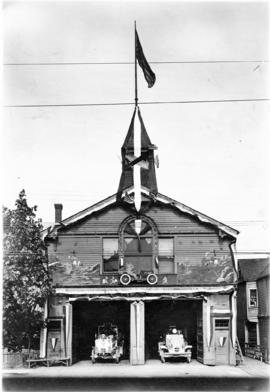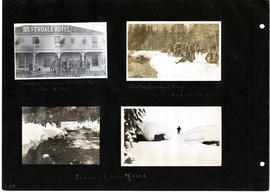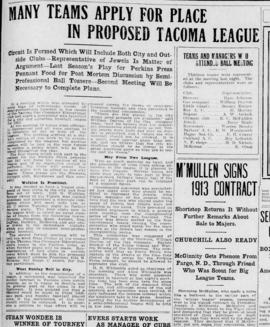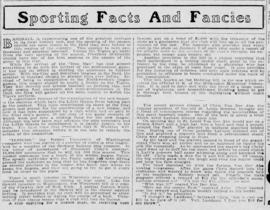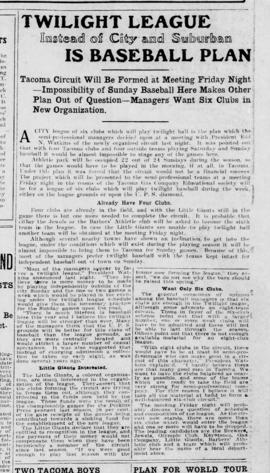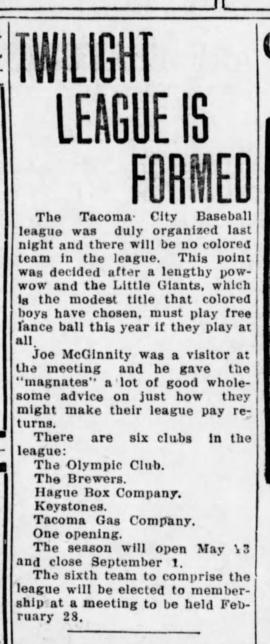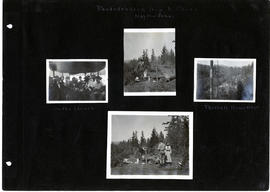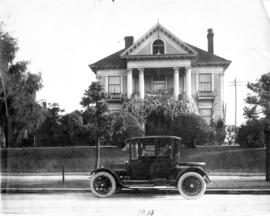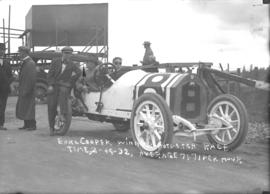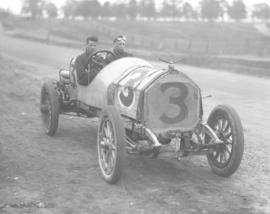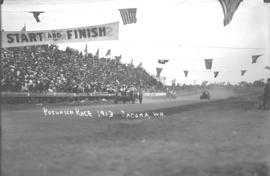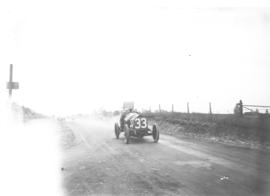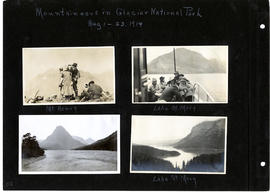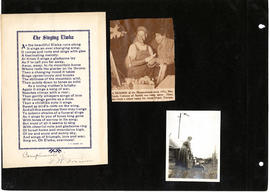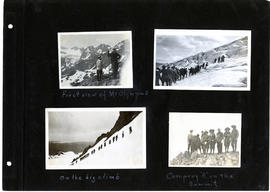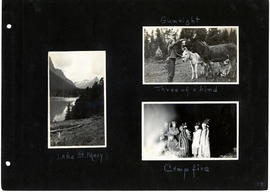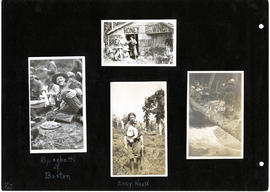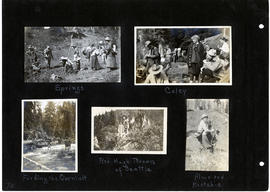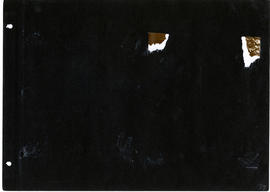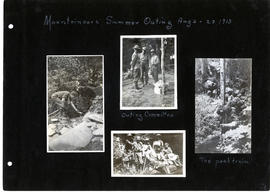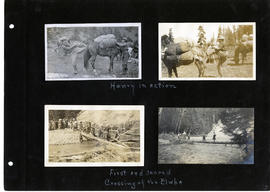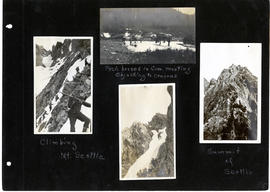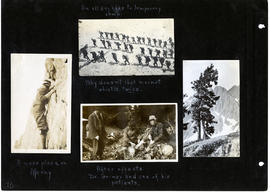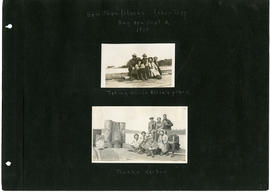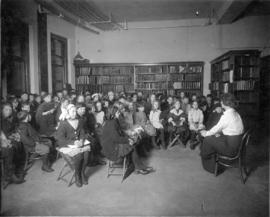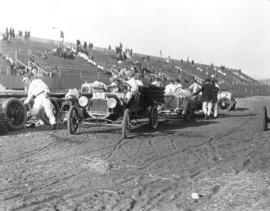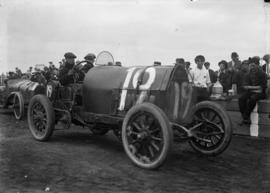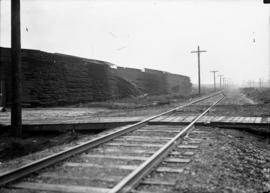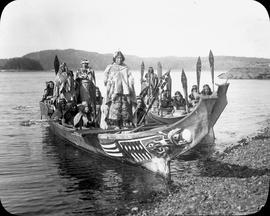- Item
- 1913
Part of General Photograph Collection
ca. 1913. This photograph from July, 1913 shows the Engine Company No. 1 fire station at 209-211 Saint Helens Avenue. The bunting and other decorations on the station appear to be for the Montamara Festo which was held in Tacoma over the 4th of July holiday every year from 1912 to 1922. The highlight of the festival was a series of automobile races held at a race track close to the present Clover Park Vocational Center. The two fire trucks framed by the open station doors are a Seagrave combination hose and chemical wagon on the left, and a 1907 Seagrave, 75 foot aerial truck, Tacoma's first motorized fire truck, on the right. Above the doors can be seen a model Fiat racing car being driven by "Tige", the mascot of the Tacoma Tigers. "Tige" was created by cartoonist Edward "Tige" Reynolds when he worked as an editorial cartoonist for the Tacoma Daily Ledger.
Tacoma Fire Department (Tacoma); Fire stations--Tacoma--1910-1920; Murals--Tacoma;
